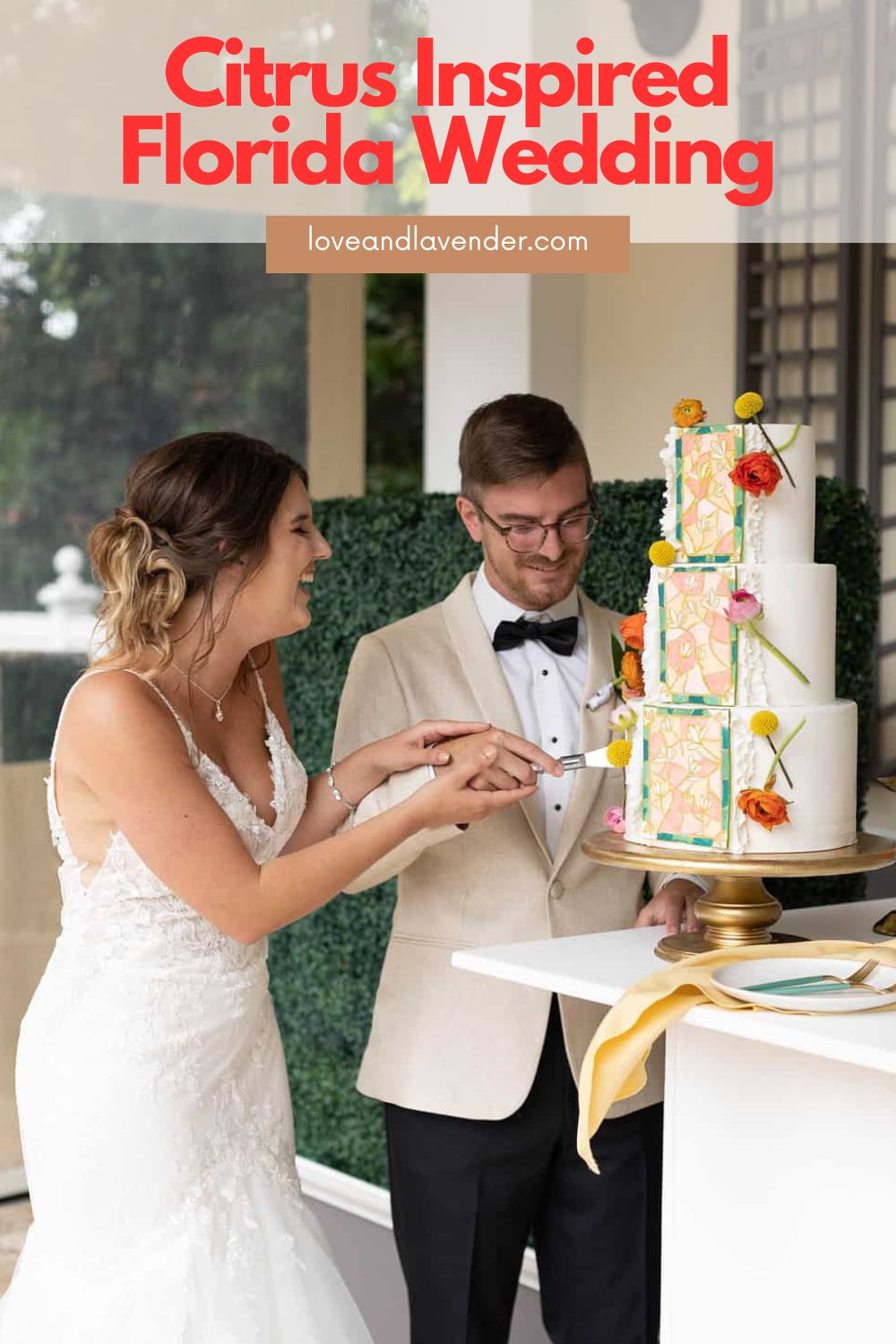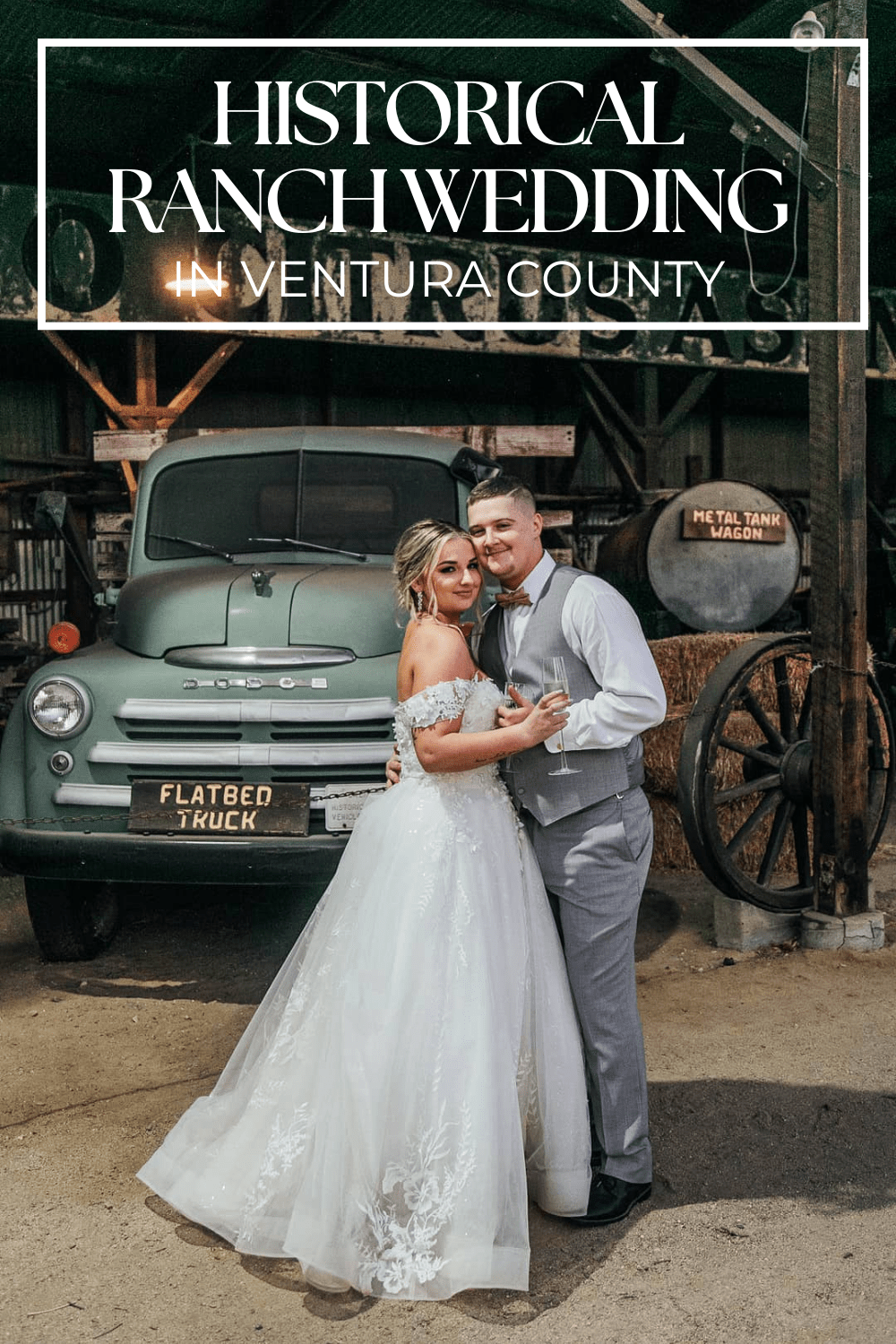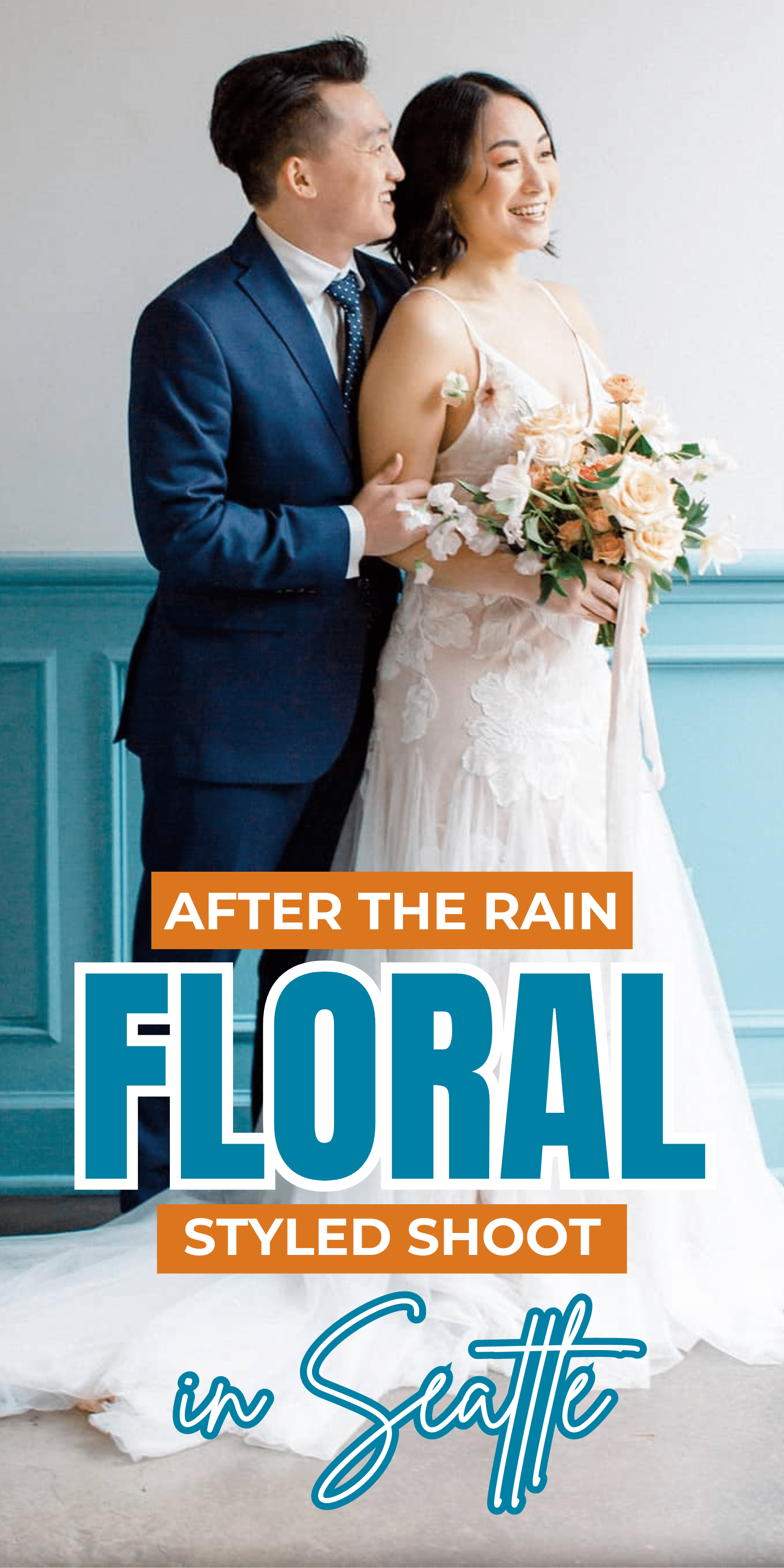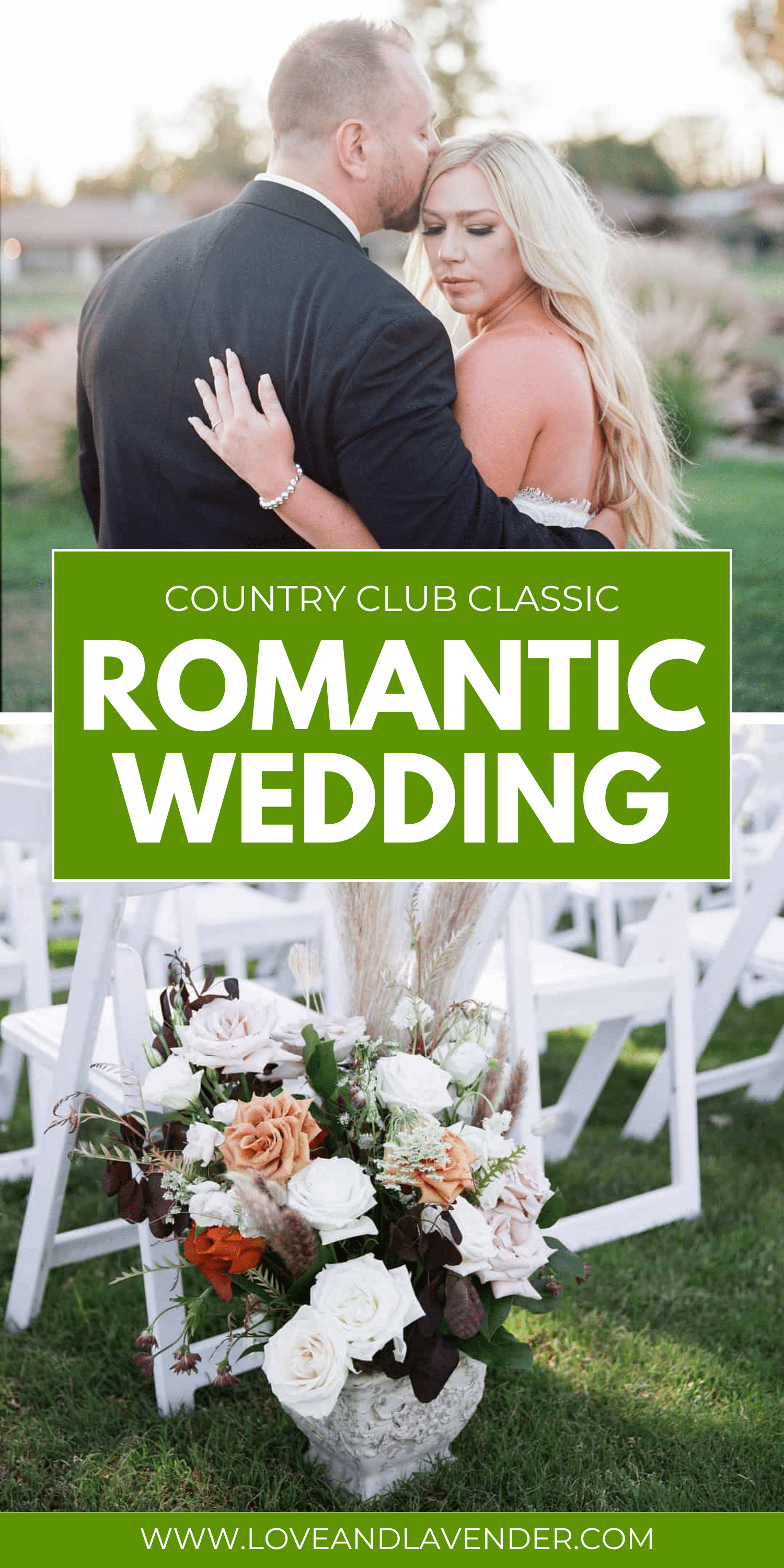Diamonds are a girl’s best friend, right? Of all the beautiful styles and sizes of diamonds currently on the market, 1.5-carat diamonds are among the most popular. So, if you are looking to join the cool kids’ club, this could be your entrance ticket!
Large enough to shine, but practical enough to wear daily, they’re a beautiful option for almost any type of jewelry and a stellar choice for a precious engagement ring.
However, buying a diamond of any size can be very intimidating. Luckily, you have us! Today, we’ll walk you through everything you need to know about buying a 1.5-carat diamond ring and finding the perfect choice.
 Pin
Pin1.5 Carat Diamond Ring Price
Here’s a challenge—type “1.5-carat diamond ring” into your favorite search engine, and see the price range and variety that pops up. That’s a lot to take in, right? Luckily, you have us to explain why there’s such a price variance between pieces.
Depending on factors like cut quality, color, and clarity, one can expect to pay anywhere from $4,000 to $30,000 for a 1.5-carat diamond. There are 1.5-carat diamond rings upwards of $30,000, but while these represent the pinnacle of quality for the size, many prefer to buy a larger weight once they’ve hit this price.
What accounts for this variance? In particular, the color and clarity grades will impact how much you pay for the ring. We’ll look at these in-depth below, so don’t let the grading talk overwhelm you right now.
On the cheaper end of the scale, a 1.5-carat diamond ring that costs less than $8,000 will come with imperfections, blemishes, or poor color. Typically, nothing with less than a K-color grade or an SI2 clarity grade is worth spending on.
On the flip side, you reach the pinnacle of perfection at color grade D and an FL, or flawless, clarity rating. These retail for upwards of $30,000. Does that mean that you need to spend that much? Not at all!
For most practical purposes, any diamond in the G to I color range will be a great balance of cost and quality. Likewise, anything from the VS1 and VS2 clarity ratings upward will be a beautiful piece. These average from $10,000–$15,000, depending on precisely where they fall on the scale.
For a ring of this size, the diamond is a lot higher in quality but with differences that are only noticeable in the right light conditions and with a jeweler’s loupe.
With these differences—only obvious to an expert looking at the diamond under controlled conditions—certification is imperative when buying any type of diamond. There are two trusted diamond certifications—GIA and AGS.
One of the reasons that 1.5-carat diamond rings are popular is because of the unique value of the ring. When you compare one to a 2-carat ring, the cost is considerably less, but they often appear equal (or even bigger) in size. Nifty, right?
 Pin
PinHow Big Is a 1.5 Carat Diamond Ring?
Did you know that diamonds aren’t rated by their size, but by their weight? The “carat” value refers to the weight of the diamond, with a single carat equaling 200 mg. Additionally, this can then be divided into 100 “points” to give a more accurate weight for each diamond.
So, a 1.5-carat diamond weighs around 300 mg. But what does that look like visually? Although the weight is what we look at when determining carats, most 1.5-carat diamond rings will feature a stone measuring around 7.3 millimeters by 7.33 millimeters in a round brilliant cut—the most common and often most coveted shape for a diamond. These measurements will differ slightly in different shapes and the shape can impact the final cost of the diamond ring as well.
What does that mean practically? The typical woman has a finger between 16.5 millimeters and 17 millimeters broad. So the diamond alone will cover 44% of her finger before you add settings, other gems, or anything else.
The cut parameters and shape of the diamond can also impact how it looks to the naked eye, with some making the stone appear larger and others smaller. Most people have a preference as to the shape of their diamond ring, so focus more on how you feel about the ring than how big it looks.
However, the carat weight alone cannot be used to determine the shape, size, clarity, or color of a diamond. You should consider all of these factors when assessing a diamond ring for its value and worth. The core of diamond pricing lies in where it is graded on those famous 4C values, along with some other factors. Let’s explore them in more depth.
 Pin
Pin1.5 Carat Diamond Ring Shape, Cut, and Color
As a popular weight for diamonds, there is a huge variety of shapes and colors that a 1.5-carat diamond ring can come in. These factors, also known as the 4cs, will determine not just the look of your diamond ring, but the cost and rated quality of it as well—so it’s best to know what you’re looking for. Luckily, you have us to walk you through it all.
Shape
Shape is an important factor that impacts the appearance and value of a diamond in a ring. However, contrary to popular belief, the shape and the cut of a diamond are not the same thing!
The latter refers to how the diamond is faceted and polished, and the “shape” refers to what we see—round, pear, cushion, marquise, heart, and other popular styles. When it comes to shape, there’s a small impact on the price, but it should really be a decision made with your heart about what you love.
Where does that small price influence come from? Well, when you shape a raw diamond, you lose some of the raw material—obvious, right?
The more raw material lost in the process, the more expensive the shape is to create, and that expense can be passed on to the end user. Round-cut diamonds, for example, lose a lot of raw material and thus, are often the most expensive shape. But this is a fairly small price impact overall.
Some shapes offer benefits that others don’t, too. For example, an oval-shaped 1.5-carat diamond can appear bigger to the eye because it’s elongated, even though it’s technically the same weight as a round diamond. A round brilliant cut 1.5-carat diamond is the most traditional shape and may hold its value better than other shapes.
Most diamonds will be shaped in one of these predetermined styles, but those looking for something specific can request a jeweler to shape a diamond by recutting it. This process is a lot more expensive though, so choosing a pre-shaped ring is the best value for money.
Now let’s revisit “cut” in the technical sense. We often use the two interchangeably—this is actually a mistake! The “cut” is a specific part of grading a diamond, where the jeweler looks at how the facets (flat planes) cut into the diamond, refract, scatter, and reflect light to create that gorgeous sparkle.
Only round diamonds can be given a full-cut evaluation, although the “fancy” shapes (yup, it’s a technical term) are also evaluated for polish and symmetry.
| Round | $4,467 |
| Princess | $4,440 |
| Emerald | $3,432 |
| Asscher | $4,188 |
| Cushion | $3,645 |
| Marquise | $5,322 |
| Radiant | $3,653 |
| Oval | $3,953 |
| Pear | $4,188 |
| Heart | $4,264 |
Color
A diamond’s color is graded using the GIA grading scale, with letters from D to Z indicating the grade of the diamond based on the absence of color in it.
Yes, you read that right—the traditional white/clear diamond is graded higher for its lack of color! The highest grades are transparent and pure, like a block of shiny ice. The more yellow/brown in the diamond, the lower its color rating.
The most premium diamonds are those with a D grade, as this indicates a true absence of color. When you look through one, you can see right through to the other side without even a hint of color.
On the cheaper side, Z-graded diamonds will have a heavy tint of yellow or brown. This will be visible to the naked eye. Although these are colored, the diamond can still be beautiful, but it will affect its appearance—and thus, its price.
The difference in grading letters can greatly impact the price of the diamond, especially at the 1.5-carat size. For example, the cost variation between a 1.5-carat diamond with a D-color grade and one with a G-color grade is around $3,000, and this figure gets bigger if there are more letters in between.
However, the impact on the eye is a lot less. Once set in a beautiful ring, the difference between D and G can be near impossible to spot. In fact, some people like a light tint to their diamonds to “warm” them up, and conversely, a warm band metal can make a lower color grade look more dazzling than it really is.
Most grades above I are great value for money and will look amazing, and G–I grades represent a great intersection of value and beauty. Here’s the full scale, if you’re curious
- D (colorless)
- G to J (near colorless)
- K to M (faint)
- N to R (very light)
- S to Z (light)
Formal color grading is always done out of the ring before the diamond is set. When you decide on the color you’d like, you should also consider what setting the diamond will be placed on. Lighter metals can lighten the color of a diamond, whereas yellow and rose gold bands can conceal diamonds with color already in them, so this will have a massive impact.
Are There Real Colored Diamonds?
Yes, there are! You may have seen pink, black, chocolate, or even blue and red diamonds. Typically, there are trace elements in their chemical makeup that give them their look.
Red diamonds need a very special set of circumstances to occur, so they are the rarest and most expensive of the true-color diamonds. These are graded differently, and less vigorously, on a fancy-vivid to fancy-faint color scale that considers their consistency and vibrancy.
Prices for colored diamonds really vary. For example, this 1.5-carat intense yellow diamond is $9,075 while this 1.5-carat light orangy pink diamond is $90,005.
Clarity Ratings for 1.5 Carat Diamond Rings
The clarity of a diamond is one of the most important factors when determining its value. Clarity refers to the absence of blemishes and inclusions in a diamond, and the fewer of these there are, the higher the value of the diamond. Both of these are minuscule flaws, one external and one internal, that can affect how vibrant and glittering the diamond appears.
An expert grader will determine the clarity grading, using the scale set out by GIA and with a magnification tool that lets them view the diamond under 10x magnification. This grading system uses letters for each rating, including FL for flawless and SI and I for slightly included and included.
The difference between any two grades may be barely visible to the naked eye, so if you want more bang for your buck, choosing a VS1 or VS2 diamond is the best value. This is a quick guide to the clarity rating of diamonds and what each of the letters signifies
- Flawless (FL): This is the highest quality of clarity, meaning that there are no blemishes or inclusions, even under 10x magnification.
- Internally flawless (IF): Internally flawless diamonds may have some blemishes but no inclusions when viewed under 10x magnification.
- Very, very slightly included (VVS1 and VVS2): Only the slightest number of inclusions are found at this level, and even some skilled graders won’t be able to see them under 10x magnification.
- ·Very slightly included (VS1 and VS2): A diamond that has inclusions that would be considered minor and are visible with some effort under 10x magnification.
- Slightly included (SI1 and SI2): The inclusions and blemishes are obvious under 10x magnification but still considered slight and likely not visible to the naked eye.
- Included (I1, I2, and I3): Any diamond with inclusions that can be seen easily under 10x magnification and may even be possible to the naked eye because they affect the transparency of the diamond.
| IF | VVS1 | VVS2 | VS1 | VS2 | SI1 | SI2 | |
| D | $22,063 | $16,576 | $14,865 | $14,168 | $11,483 | $10,411 | $7,732 |
| E | $20,972 | $16,597 | $15,908 | $11,164 | $10,611 | $9,502 | $7,960 |
| F | $18,289 | $16,088 | $14,173 | $12,620 | $11,757 | $9,628 | $7,137 |
| G | $15,978 | $14,407 | $12,587 | $11,666 | $10,357 | $8,881 | $6,087 |
| H | $13,947 | $10,858 | $11,192 | $10,409 | $8,468 | $7,195 | $6,313 |
| I | $12,507 | $8,454 | $8,839 | $8,443 | $7,239 | $7,283 | $6,493 |
| J | $10,707 | $8,839 | $8,229 | $6,674 | $7,203 | $5,800 | $5,451 |
| K | $7,760 | $6,931 | $6,773 | $5,984 | $5,457 | $5,075 | $4,467 |
Note: All pricing examples are current as of 11/17/2022 and apply to in-stock diamonds.
 Pin
PinHow to Choose the Best 1.5 Carat Diamond Ring
As one of the most popular weights of diamond rings, it can be challenging to shop for a 1.5-carat stone. However, as long as you keep the factors we’ve discussed in mind and choose something that suits your taste and budget, you’ll get the perfect match.
In general, a 1.5-carat diamond with a G or H for color and VS1 or VS2 for clarity will be your best value and cost around $10,000.
Occasion
1.5-carat diamonds are beautiful, and a great mix of practical to wear and gorgeous to behold. They’re a super-popular choice for engagement and wedding jewelry for this reason, but also common through other beautiful pieces.
If you’re buying an engagement ring, specifically, the classic is a “solitaire” diamond, where the stone is the sole focus of the ring. However, some people like mixed settings, so always let taste be a driver—you want to cherish your ring, after all!
Setting
The setting of your ring can impact how big your diamond looks. For example, a beautiful halo setting will make your 1.5-carat diamond look even larger. In addition let’s just mention that the overall shape of the ring, while it has an effect on the price, has a greater effect on how much you love it. So choose what speaks to your heart.
Cut
A great cut lets the diamond shine. With a quality cut, the internal flaws of clarity or color in a diamond can be concealed, and if it’s poorly cut, you’ll see more obvious tints of brown or yellow. So, pay attention to the cut grading, and aim for “excellent.”
Color
Remember that there’s a difference between colored diamonds (like black or red) and the color grading for traditional diamonds. There’s no right answer here, but if you’re opting for a traditional diamond, look for an I-grade or higher that pairs well with the metal of the band.
Certification
A quality diamond should come with a certification from the jeweler that verifies the gradings and overall value of the stone. Any time you purchase a diamond ring, especially a 1.5-carat design, you should be given a copy of its certification and documentation.
This ensures that you know what the ring is worth and can have it insured, but it’s also helpful if you plan on reselling it in the future and need to prove its quality to others.
Lab-Grown vs Natural
It’s worth mentioning lab-grown diamonds here. These are 100% genuine diamonds, and even professionals can’t tell the difference between them and natural diamonds without looking at the certification.
However, they’re easier to come by than mined diamonds, so you can often score a nice saving if you’re comfortable with them—think about 50% less than a mined diamond for the 1.5-carat weight. Some view them as a more ethical diamond type, too.
For example, this 1.5-carat ideal round diamond is $11,005 while the lab-grown version is only $2,315. That’s almost $9k in savings.
Famous 1.5 Carat Diamond Engagement Rings
If you’re looking for inspiration when choosing a 1.5-carat diamond engagement ring, there are some famous ladies who wear one. Here are some beauties you can drool over!
- Scarlet Johansson has had a few engagement rings in her time! Her engagement ring to Romain Duariac was thought to be between 1.5 and 2 carats, featuring a solitaire diamond on a classic twisted yellow gold band, and every bit as subtly beautiful as she is.
- Actress Ginnifer Goodwin has always preferred a sleek, classical look and her engagement ring was no different. Hers features a 1-carat diamond in the center with channel-set diamond shoulders on either side, equaling around 1.5 carats in total. You’ll see it referred to as a “1.5-carat TCW”, or total carat weight. In addition, the diamond is mounted on a platinum band, which helps it shine even more impressively, and it has a gorgeous square cut.
- Keira Knightly’s engagement ring is one of the most classical and simple rings in all of Hollywood, but that only makes it stand out more! The ring features a single 1.5-carat diamond with a solitaire diamond in a prong setting. It is paired with a gorgeous platinum band, so it’s unassuming and classically beautiful.
- Amy Adams’ engagement ring was designed by world-famous French designer Jean Dousset and features a 1-carat brilliant cut diamond and 0.5 carats of stones in a diamond halo surrounding it. There are no prongs in this design, which is Dousset’s signature style, and it features a secret stone underneath it that only Amy can appreciate.
Where to Buy a 1.5 Carat Diamond Ring
Nowadays, we have more choices than ever before for buying quality jewelry. Most people will either shop in a brick-and-mortar store, or online. There are benefits and drawbacks regardless of where you shop, so you must consider them carefully and choose an option that works for you.
Online
Buying online can be a little scary, especially when you’re making a purchase as significant as a beautiful diamond ring. However, buying jewelry online has never been safer and it brings some perks that you won’t find when shopping in a physical store.
The biggest upside to shopping at an online jeweler is their range, especially if you live in an area without a lot of brick-and-mortar stores to shop in. Another bonus is that their prices are a lot lower because they don’t have the overhead costs that a physical store does, and they can pass these savings on to their customers.
However, there are risks involved when you purchase a 1.5-carat diamond ring online, so you must choose a reputable and well-trusted store. It’s important to find a vendor that has a secure website, safe payment options, an open returns policy, and utter transparency about the certifications and valuations of their stock—as you’d expect from any professional jeweler.
If you would prefer to purchase a diamond ring online, we put together this list of trustworthy vendors to consider.
Local Jewelry Stores
Unlike some of the higher carat values, there should be plenty of 1.5-carat diamond options in a traditional jewelry store. However, there will still be less than you can find online. Shopping at a brick-and-mortar store allows you to physically view and handle the piece, as well as examine its certification for yourself.
Although a physical jewelry store is usually more expensive due to its overheads, many buyers feel safer when they can inspect the diamond themselves. If you’re shopping for someone special, having them come with you and try on rings guarantees the right fit as well, so it’s often worth the extra money.
However, both options are solid and reliable, so choose what works best for you.
Choosing a 1.5 Carat Triumph
There are plenty of good reasons why the 1.5-carat diamond ring is one of the most popular styles. At this weight, the diamond is big enough to be a show stopper without being over the top, and it’ll make any woman feel like a million dollars.
However, shopping for such a serious investment requires scrutiny and thoughtful planning to ensure you get great value. You should keep in mind the 4C gradings—the color, clarity, cut, and carats—but also the look and feel of the ring and the personal taste of the wearer.
A diamond ring is an investment that will last a lifetime with the right care, and a 1.5- carat diamond is a lifetime companion. Hopefully, you’ll now feel empowered with all the knowledge you need to make the perfect choice for you or your sweetheart!
Curious about how other carats stack up next to your bling? Check out these guides for other popular diamond rings:

















Leave a Reply